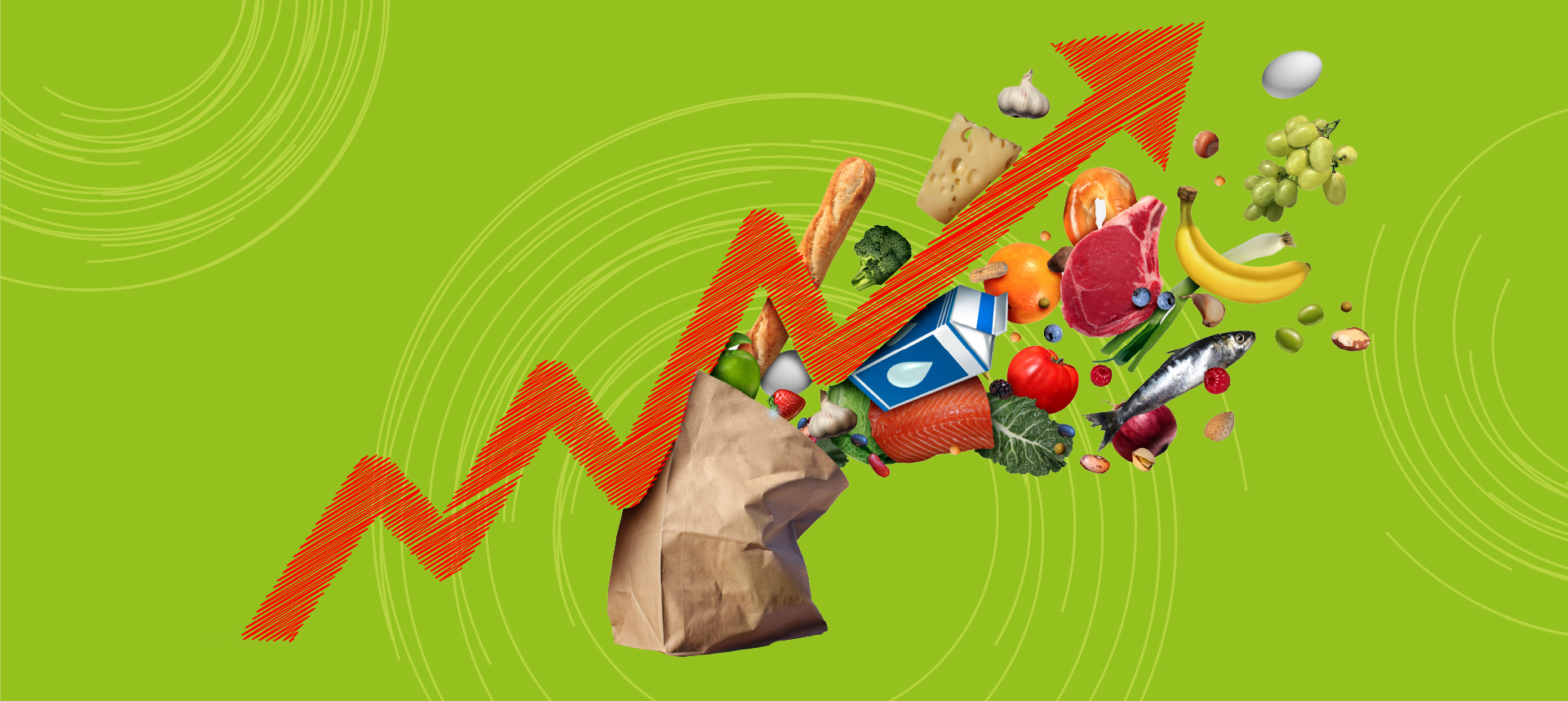
We often hear about inflation: what is it exactly, and how does it affect our everyday lives?
What is Inflation?
The prices of goods and services, from fuel to a haircut, change over time: they can increase, remain stable, or decrease.
We speak of inflation when there is a generalized increase in prices, not limited to specific items but affecting the overall basket of goods for a country’s residents. The opposite, a generalized reduction in prices, is called deflation.
High levels of inflation and the presence of deflation are problematic both for citizens and for the economy because they increase uncertainty and change spending habits. For this reason, price stability—low and predictable inflation—is one of the indicators of a balanced economy.
How is Inflation Measured, and What is the Basket of Goods?
Inflation is measured by creating a basket of goods and services that represents household consumption. The basket is updated over time to account for the fact that some new goods may become essential for families. Each commodity and service is assigned a weight based on its importance within the overall expenditure.
For example, in the 2024 basket of our country, we find the smart lightbulb but no longer CDs, which we have stopped using, as well as hair straighteners and electric razors alongside more traditional items like hair dryers and disposable razors, which are still in use.
The prices of the goods in the basket are calculated and weighted based on their relevance in overall spending, resulting in an index: the consumer price index. The inflation rate is simply the percentage difference between different consumer price indices over time. It is usually measured as a monthly or yearly change.
But who updates the basket? In Italy, this is one of the tasks of the National Institute of Statistics (ISTAT), which, recognizing that inflation cannot be the same for everyone due to differences in individual consumption habits, defines not just one but three different consumer price indices:
- The National Index for the Entire Population (NIC)
- The Index for Household Employees and Workers (FOI)
- The Harmonized Index of Consumer Prices at the European level (IPCA)
What Are the Effects of Inflation?
A high inflation rate affects all citizens, but not in the same way.
The poorest segments of the population suffer the most because inflation increases the prices of essential goods like bread, pasta, milk, and vegetables, thereby reducing their purchasing power.
For example, if today you can buy 1 kg of bread for about €4, in the near future it might cost €5 or €6: this means that inflation reduces the value of money over time.
Moreover, in some cases, the rising cost of living forces people to dip into their savings, because their income is no longer enough to cover expenses.
And When Prices Decrease?
Contrary to what one might think, an excessive generalized drop in the prices of goods and services (deflation) is also harmful to the economy. Want to learn more?
To clearly understand the basic concepts of financial education, visit our website, check out our blog, or come see us in person at the Museum of Saving.
